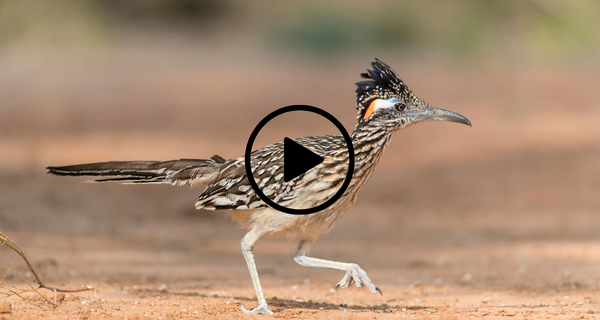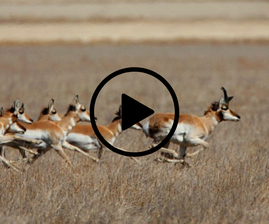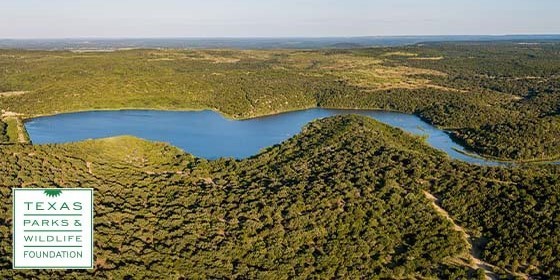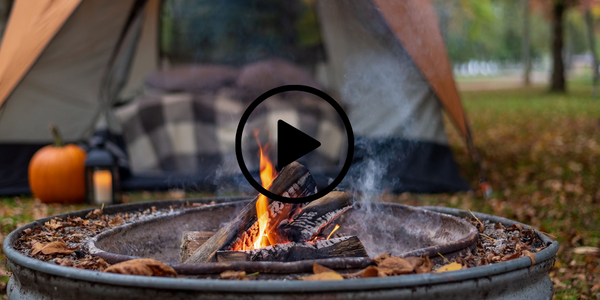The Tough-as-Texas Roadrunner
 The first roadrunner you saw may have been in a cartoon, famous for its "meep-meep!" and quick getaway. Real-life roadrunners actually make clicking sounds and coo, but they can run up to 20 MPH – pretty quick for a bird. They're about 2 feet tall, and while not known for taking on coyotes like their cartoon counterpart, they have been spotted eating rattlesnakes!
You'll find greater roadrunners throughout the state. Try and spot one of these tough Texans by checking iNaturalist for recent roadrunner sightings nearby. Then show your roadrunner love by purchasing a roadrunner license plate! Brand new in 2022, $22 of the $30 cost goes to support wildlife tourism and conservation.

One of the best events of fall is the Texas Pollinator Bioblitz. Join in by taking photos of pollinators, and then post them on social media or iNaturalist with #TxPollinators. There are many ways to participate – like signing up for emailed prompts, or joining events near you.
The Pollinator Bioblitz runs Oct. 7-23. It's fun, it's free and we'll see you out there!
|

The Recovering America's Wildlife Act (RAWA) has been passed by the U.S. House of Representatives, a big win for wildlife. But it's not across the finish line yet!
Do your part to support Texas wildlife and help get RAWA passed by contacting your U.S. Senators and letting them know you expect them to vote yes for RAWA.
|

A message from our non-profit partner, the Texas Parks & Wildlife Foundation:
 Texas’ newest state park is on the horizon.
Thanks to a fundraising effort led by TPWD’s nonprofit partner, Texas Parks and Wildlife Foundation, Texans are chipping in to make the park a reality.
TPWF is also excited to partner with a true Texas titan – H-E-B, whose Field & Future by H-E-B™ line of sustainable products provide funding to support projects like this that help conserve the wild things and wild places of Texas.
With your support, Palo Pinto Mountains State Park will provide new outdoor experiences for Texans and a safe haven for the wildlife who call it home. Donate today.
 Don't move firewood in or out of parks or campgrounds, or from one county to another. Tree-killing insects and diseases can hitch a ride on firewood and spread to living trees. Watch the short video Don't Move Firewood to find out more. Help protect our trees, burn it where you buy it!


|